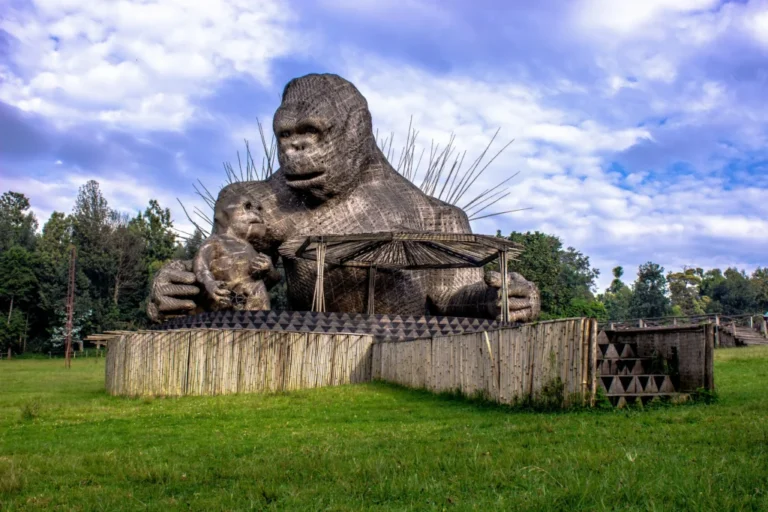Dubai — The global skyline of 2025 tells a story of ambition and prestige, with Asia claiming nine of the world’s ten tallest skyscrapers. Only one tower from the United States remains on the list, signaling a dramatic shift in architectural leadership.
The Burj Khalifa in Dubai continues to reign supreme at 828 meters, an enduring symbol of vision and engineering excellence. Following closely are towers in China, Malaysia, and Saudi Arabia, each designed not merely as buildings but as national statements of progress and power.
China’s dominance is particularly striking, with multiple entries showcasing its relentless drive to modernize urban landscapes. These skyscrapers embody the country’s ambition to project influence through architecture, blending cutting‑edge design with cultural identity.
The United States, represented solely by the Central Park Tower in New York, reflects a changing balance of prestige. Once the undisputed leader in skyscraper innovation, America now watches as Asia reshapes the narrative of vertical ambition.
From a prestige perspective, skyscrapers are more than feats of engineering. They are monuments to resilience, aspiration, and global competitiveness. Cities like Shanghai, Kuala Lumpur, and Riyadh are not only building higher but also redefining what it means to stand tall in the global arena.
Ultimately, the 2025 ranking of the tallest skyscrapers is a testament to Asia’s ascendancy. It illustrates how architecture can serve as both a cultural beacon and a geopolitical statement, reminding the world that prestige is increasingly measured in meters of ambition.









